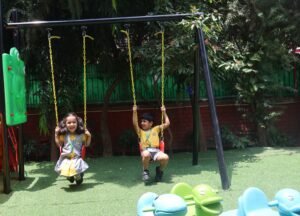Introduction to Language Diversity
Language diversity is an essential aspect of today’s globalized society. In children’s education, it is vital to manage this diversity effectively. By understanding and embracing multiple languages, educators can create a rich learning environment that fosters inclusivity and collaboration among young learners.
The Importance of Language Diversity in Education
Language diversity management in language education helps children develop a greater appreciation for various cultures. When children are exposed to multiple languages, it stimulates cognitive development and promotes critical thinking skills. This approach equips them with essential tools for effective communication in our increasingly interconnected world.
Strategies for Effective Language Diversity Management
To effectively manage language diversity in the classroom, educators can implement several strategies. First, incorporating bilingual materials and resources helps children engage with different languages. Educators should also encourage peer collaboration and participation in group activities that promote language learning. Lastly, providing a supportive environment where students feel comfortable expressing themselves in their native languages fosters self-esteem and a positive learning atmosphere.
In conclusion, language diversity management in language education for children is crucial for nurturing a generation that values linguistic and cultural differences. By employing effective strategies, educators can enhance their students’ learning experiences and prepare them for a diverse world.




















